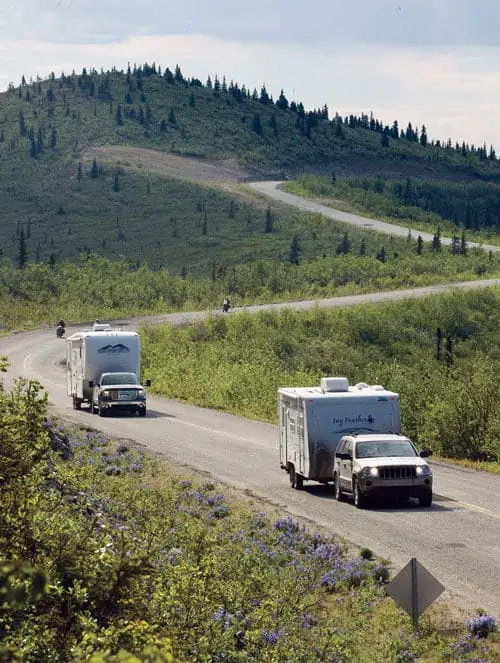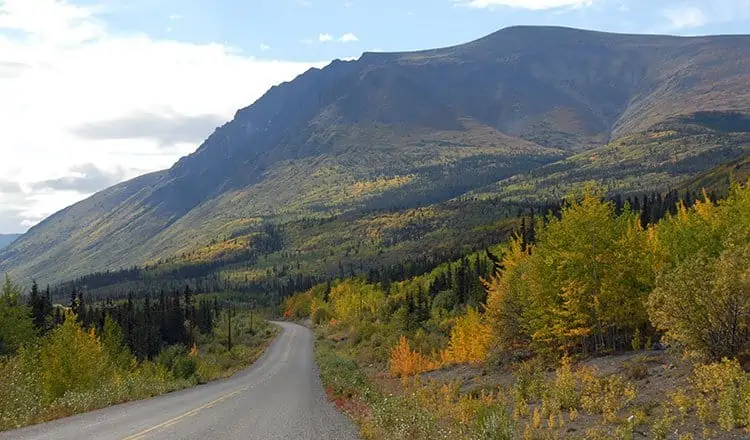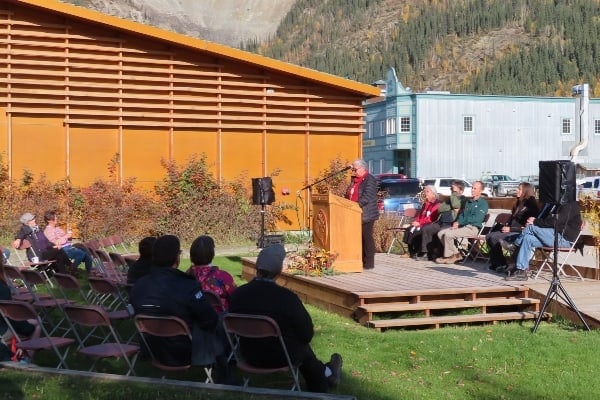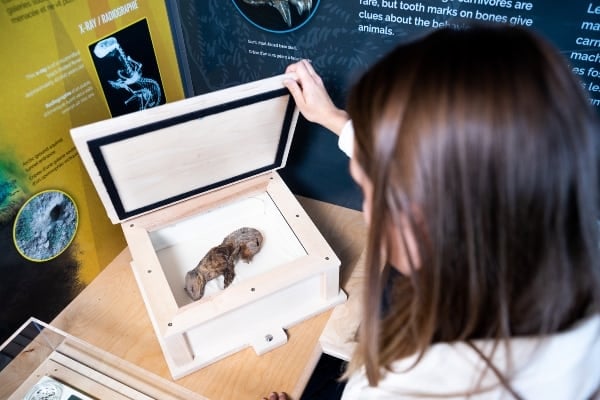Atlin Road (#7) and Tagish Road (#8)

The Magnificent 11 The Yukon’s Highways
Hwy 1 – Alaska Highway
Hwy 2 – Klondike Highway
Hwy 3 – Haines Road
Hwy 4 – Robert Campbell Highway
Hwy 5 – Dempster Highway
Hwy 6 – Canol Road
Hwy 7 – Atlin Road
Hwy 8 – Tagish Road
Hwy 9 – Top of the World Highway
Hwy 10 – Nahanni Range Road
Hwy 11 – Silver Trail Highway
A map to this series
Part 1: Introduction and Canol Road (Hwy 6)
Part 2: Klondike Highway (Hwy 2) and Silver Trail (Hwy 11)
Part 3: Campbell Highway (Hwy 4) and Nahanni Range (Hwy 10)
Part 4: Atlin Road (Hwy 7) and Tagish Road (Hwy 8)
Part 5: The Dempster (Hwy 5) and Top of the World (Hwy 9)
Part 6: Haines Road (Hwy 3) and Alaska Highway (Hwy 1)
On Friday, February 18, 1949 under a bold headline reading: “No Excuses, Please,”
Horace E. Moore, publisher of The Whitehorse Star, wrote a scathing editorial directed at federal and territorial politicians in which he reminded them 1949 was an election year and they had better promptly solve the Atlin problem if they hoped to win reelection.
Stopping short of calling the situation a genocide or crime against humanity, he did opine thusly: “…Atlin has, in recent years been gradually decimated, through inanition, due wholly to the lack of adequate and vital transportation facilities.” Note that “inanition” – pronounced in″ah-nish´un – is the exhausted state due to prolonged undernutrition; starvation. For several years, the B.C. government had allocated funds to build a road from Atlin to the border, which Moore mistakenly identified as being at Jake’s Corner, but the Yukon side remained unfunded despite pledges of support from just about everybody except the people signing the cheques. So Moore made it the big election issue of 1949 and it worked, a great triumph for advocacy journalism.
While Moore mentioned the Atlin goldfield in his reasoning for the necessity of a road, he also mentioned that the biggest nugget in B.C.’s history came from Atlin and was on display in Victoria in the museum next to the Parliament buildings. But he seemed most impressed with Atlin’s tourism potential in the future, writing: “…the whole Atlin country is much more than a mining camp. It possesses an even greater asset in its scenic beauty which is not surpassed in any part of the North American continent. Well has it been named ‘The Switzerland of North America.’ This valuable potential asset, however, is incapable of development due solely to the lack of transportation facilities and particularly a main artery to give it an outlet to the outside world.” With the demise of the lake steamers, such as The Tarahne, Atlin was an abandoned orphan during the war effort and the only way in and out was the Fantail Trail from the White Pass railroad across country, by lakes and by foot. Thus, the Atlin Road (Highway 7) is the only one of The Magnificent Eleven not built solely for wartime or economic reasons although reopening the Atlin placer and underground mines was a factor. Noland Mine was one of the richest in all the North with the coarsest gold.
In retrospect, building the Atlin Road was more like a federal, provincial and territorial mercy mission directly caused by the Whitehorse Star editorial. The Tagish Road (Highway 8) is a little easier to explain because it was a 53 km (33 miles) detour of the Alaska Highway to the Carcross Road, which later was renamed the South Klondike Highway. In 1942, construction of the Alaska Highway slowed down when it came time to skirt Marsh Lake, which had several bridges to build, swamps to cross and rocks to blast – all of which was completed in 1943. The Alaska Highway was a wartime effort and the Tagish detour in 1942 provided road access to Whitehorse sooner than waiting on the Marsh Lake construction. It also provided the first time the Alaska Highway, or “Trail of ’42”, linked to the Klondike Gold Rush “Trail of ’98”, when the long wooden fishing bridge was built over the Tagish Narrows, Tagish River, or Six Mile River, whichever you want to call it. It answers to all three and had a big Mountie post in ’98 as every stampeder who departed Bennett, B.C. had to come through the Narrows to get to Miles Canyon and Whitehorse Rapids, the only obstacles on the long float to Dawson.
The full six miles of the Narrows is now a protected habitat and it has had a long indigenous history because of the fish concentration.
The biggest ancient camp was on the shore of Marsh Lake where the river empties. Nowadays, it’s a haven for fishers, campers and boaters. Both roads, Atlin and Tagish, are nice drives mainly because of the destinations. The headwaters of the southern lakes country has a unique beauty all its own and it all flows downhill – they all feed the mighty Yukon River, which flows north then west to the Bering Sea.“Atlin is the most beautiful place on Earth; in any season, in any weather,” according to one promo ad. It’s also the most beautiful place in North America to experience inanition according to Horace E. Moore, the man who spurred the Atlin Road from a dead stop into a full gallup. Somebody in Atlin should name a street in his honour for saving their town. No matter how much things change, they stay the same except now it’s the B.C. government that is holding back the funds to fix the road. The word on the street is that the big tour companies won’t allow their buses to come to Atlin until the B.C. part of the road is widened and straightened to improve safety.
The Yukon side is fine, but Atlin gets no respect, nor money, from Victoria and those big Skagway tourist bucks are being spent elsewhere, like Dawson City.But this time there is no Moore to bail them out.
People are always saying Atlin is dying, but that has just become an irritating habit, like smoking, and will never happen. It will always be there because it’s just too damn beautiful to die. It’s an easy town to fall in love with. I did, but it divorced me after just six years of wonderful, peaceful and beautiful inanition.





